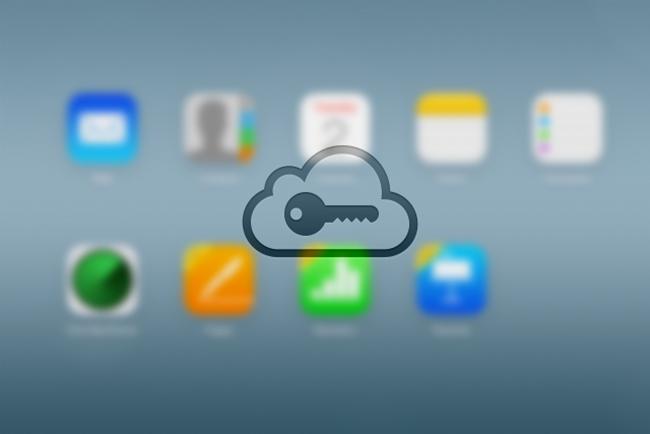
First brought to light by GreatFire.org, the Chinese government is reportedly using the national firewall system (or the “Great Firewall of China,” as it’s colloquially known) to redirect iCloud users to spoofed pages. By fooling older browsers with phony certificates and hijacked addresses, the apparent intention is to compromise the credentials of unsuspecting visitors.
Related: Apple CEO promises new security measures after iCloud celebrity photo hack
The source of the attack is reportedly China Telecom, a company with ties to Chinese leadership. In August, Apple agreed to store local China iCloud data in China Telecom’s servers.
On Tuesday, Apple told CNBC that it was aware of “intermittent organized network attacks,” but that iCloud servers hadn’t been compromised. The company also said that iCloud sign-in on mobile and Macs running the latest version of OS X are not at risk.
Related: Hackers trick Apple into providing access to an iCloud account, chaos ensues
The same can’t be said for iCloud account holders who log in using outdated Internet browsers, which will not automatically warn of interception (newer distributions of Firefox and Chrome can alert of fake certificates). Users of those and other browsers can still get around the attack by using an unaffected IP address.
GreatFire.org speculates the attack is an attempt to circumvent security measures introduced with the iPhone 6 and 6 Plus, which went on sale in China last week. It’s hardly the first instance of a hack orchestrated by the Chinese government, though. Yahoo was targeted earlier this month, and a MITM attack continues to affect Microsoft’s Outlook mail service.
The news comes after a slew of female celebrities saw their private photographs — often nude ones — made public after iCloud’s weak security was breached. Called “The Fappening,” the stolen photographs contains naked and semi-naked pictures and videos of more than 100 A-list celebrities, among them Oscar-winning actress Jennifer Lawrence, singer Rihanna, swimsuit model Kate Upton, and TV star Kim Kardashian. While some of the celebrities argue that the pictures are frauds, others confirmed that the posted photos of themselves were indeed authentic.
To boost security, Apple CEO Tim Cook told the Wall Street Journal that customers would receive alerts via email and push notifications if another person attempts to perform actions such as change an account password, restore iCloud data to another device, or when a device logs in for the first time.
Editors' Recommendations
- Apple is about to do the unthinkable to its iPads
- Nomad’s new iPhone case and Apple Watch band may be its coolest yet
- This is when Apple will finally release its new 2024 iPads
- Apple just released iOS 17.4. Here’s how it’s going to change your iPhone
- Apple iPad Air is back down to its Black Friday price


